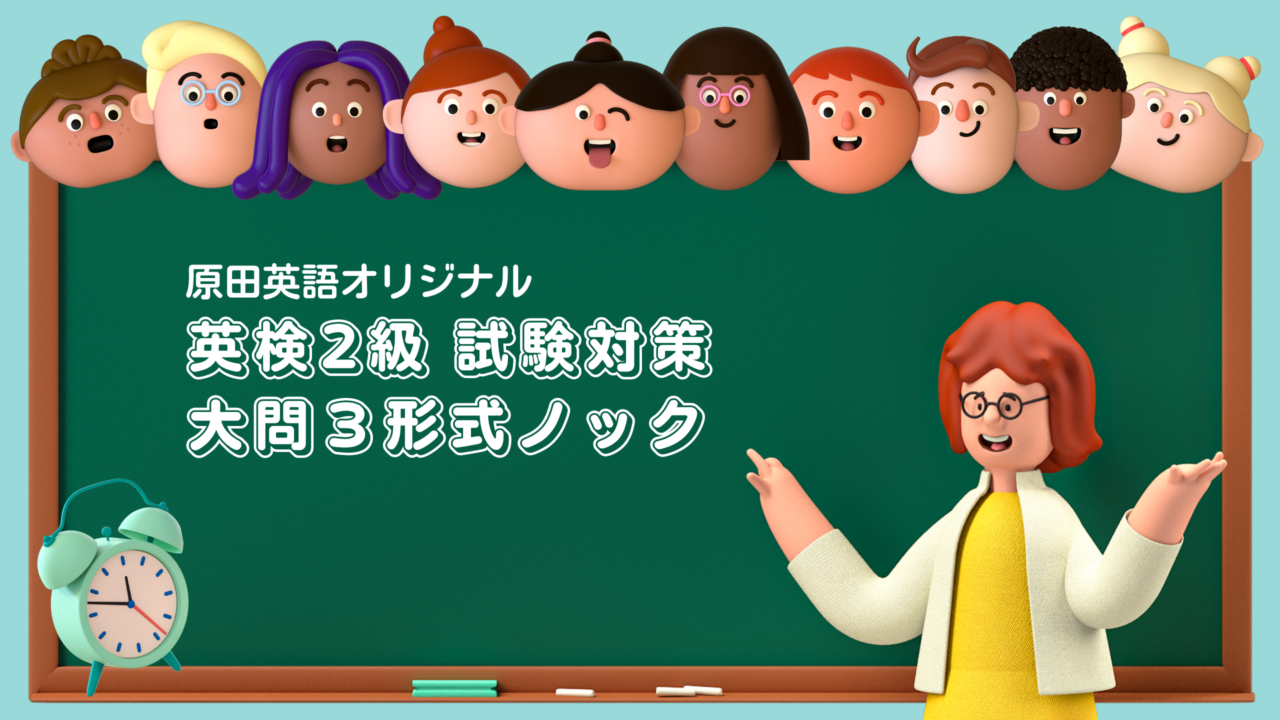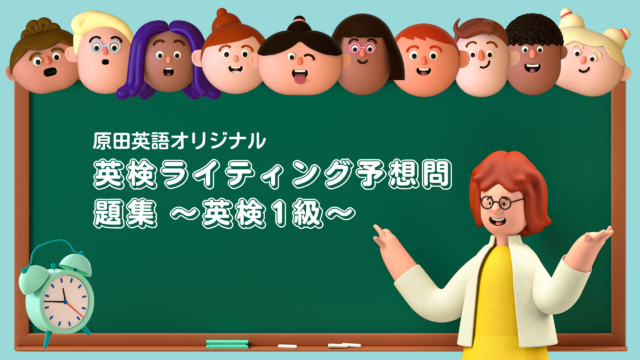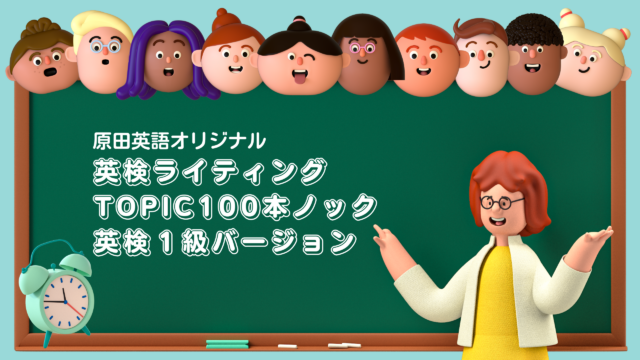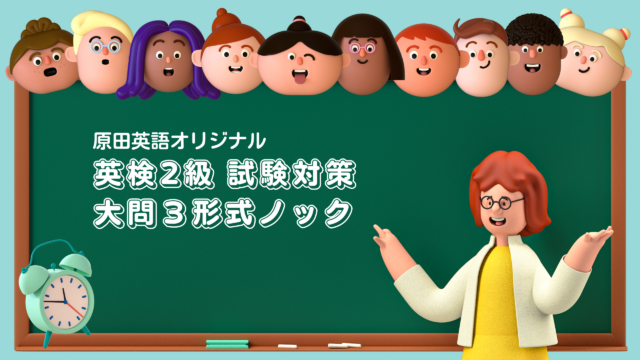Cultural Exchange Festival
Every summer, a small town in Northern Europe hosts a cultural exchange festival that brings together people from around the world. The festival began in the 1970s as a way to celebrate the town’s diverse population and to promote harmony among different cultures. Throughout the years, the festival has grown in scale and now features performances, workshops, and demonstrations of various cultural traditions from across the globe.
One of the highlights of the festival is the traditional dance showcase, where groups perform routines from their respective cultures. Performers wear costumes that represent their country or region, and the dances often tell stories from their heritage. This event is a favorite among locals and visitors, and it draws a large audience every year.
Another popular aspect of the festival is the food fair, where vendors set up stalls to sell traditional dishes from their home countries. Attendees can try a wide range of cuisines and enjoy the diverse flavors of the world. The food fair also hosts cooking demonstrations, where people can learn how to prepare some of the dishes they sample.
The festival is organized by a committee of local residents who volunteer their time to plan and coordinate the event. Many participants are also locals, though some travel to the festival to share their culture. The event is funded through sponsorships, donations, and ticket sales for certain attractions.
(1) The cultural exchange festival began in order to:
1. celebrate the town’s diverse population.
2. promote a specific country’s traditions.
3. focus solely on dance performances.
4. create opportunities for local businesses.
(2) At the traditional dance showcase,
1. dancers perform routines from a single culture.
2. audience members are invited to join the performances.
3. dancers wear costumes that represent their heritage.
4. only local residents are allowed to participate.
(3) The food fair offers attendees the opportunity to:
1. purchase traditional dishes from around the world.
2. watch cooking demonstrations for a single cuisine.
3. learn about the history of each dish being served.
4. focus solely on the town’s local cuisine.
(4) How is the festival funded?
1. Through government grants.
2. By charging for entrance to the festival.
3. Through sponsorships, donations, and ticket sales.
4. Only by local businesses.
Answer Key:
1. 1
2. 3
3. 1
4. 3
文化交流祭
毎年夏に、北ヨーロッパの小さな町で世界中の人々が集まる文化交流祭が開催されます。この祭りは1970年代に、町の多様な人口を祝い、異なる文化間の調和を促進する方法として始まりました。年月を経て、祭りは規模が拡大し、今では世界各地のさまざまな文化の伝統を披露するパフォーマンス、ワークショップ、デモンストレーションが行われています。
祭りのハイライトの一つは、伝統的なダンスのショーケースで、各グループがそれぞれの文化のルーチンを披露します。パフォーマーたちは、自分たちの国や地域を代表する衣装を着て、彼らの文化遺産からの物語を伝えるダンスを披露します。このイベントは地元の人々や観光客に大人気で、毎年多くの観客を集めます。
祭りのもう一つの人気は、食べ物フェアで、出店者は自分たちの母国の伝統料理を売るために屋台を出します。出席者は、多様な料理を試して、世界のさまざまな味を楽しむことができます。また、フードフェアでは調理のデモンストレーションも行われ、人々は試食した料理のいくつかの調理方法を学ぶことができます。
祭りは、地元の住民で構成される委員会がボランティアで企画・調整を行っています。参加者の多くも地元の人々で、文化を共有するために祭りに旅行してくる人もいます。イベントは、スポンサーシップ、寄付、および特定のアトラクションのチケット販売を通じて資金提供されています。
問題1: 文化交流祭は、何のために始められましたか?
1.町の多様な人口を祝うため
2.ある国の伝統を宣伝するため
3.ダンスパフォーマンスだけに焦点を当てるため
4.地元の企業に機会を創出するため
問題2: 伝統的なダンスショーケースでは、
1.一つの文化からのルーチンを披露する
2.観客がパフォーマンスに参加するように招待される
3.ダンサーたちは、自分たちの文化遺産を代表する衣装を着る
4.地元の住民だけが参加できる
問題3: フードフェアでは、出席者に以下の機会が提供されます。
1.世界中の伝統料理を購入する
2.一つの料理について調理デモンストレーションを見る
3.提供される各料理の歴史について学ぶ
4.町の地元の料理にだけ焦点を当てる
問題4: 祭りはどのようにして資金提供されていますか?
1.政府の助成金を通じて
2.祭りへの入場料を徴収することによって
3.スポンサーシップ、寄付、チケット販売を通じて
4.地元の企業のみで資金提供されている






